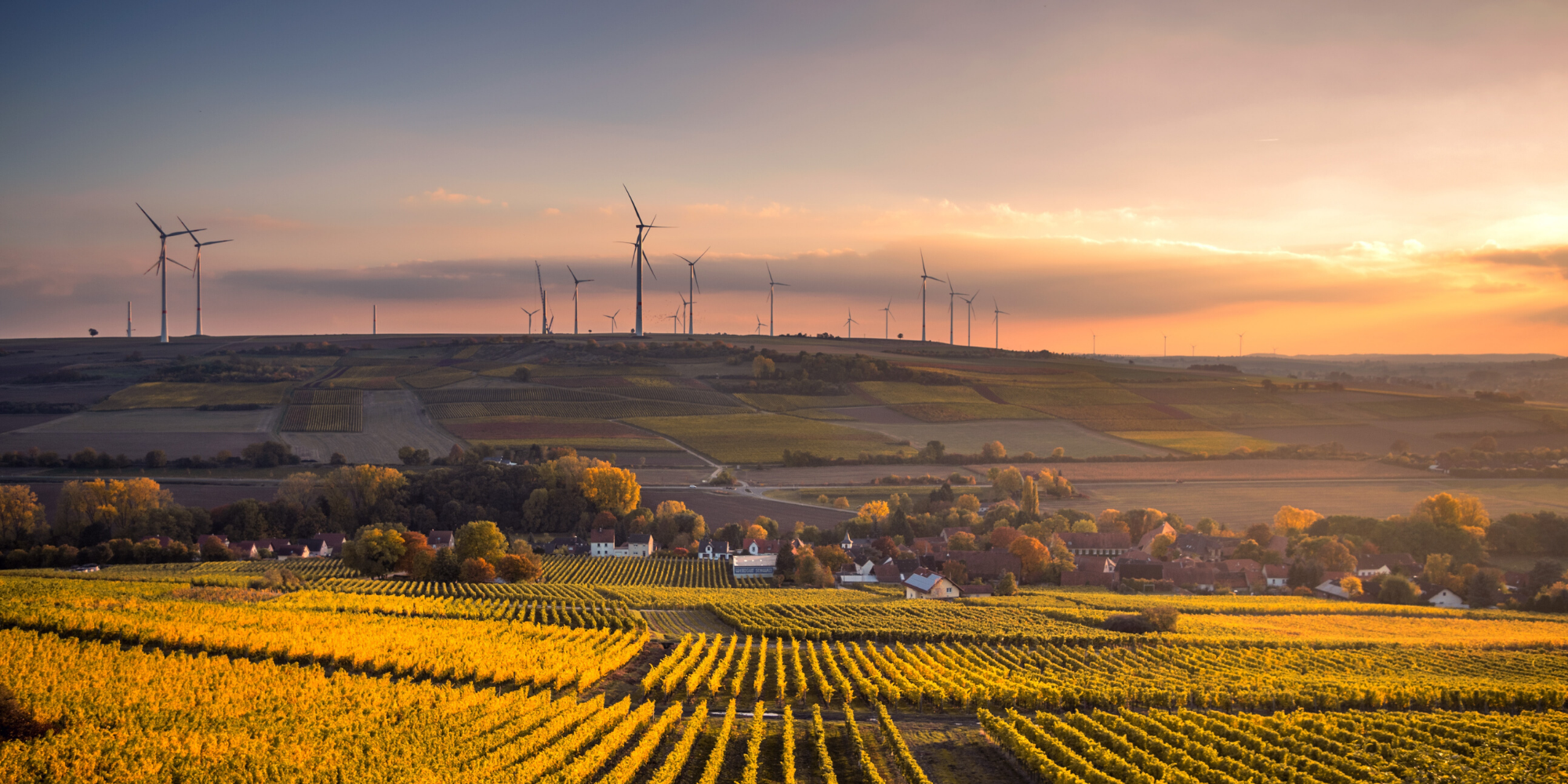Like many other financial institutions, the European Bank for Reconstruction and Development (EBRD) has responded to the call to join the global effort to tackle the climate crisis. And yet, over the past decade, while growing its support for renewable energy, the bank has continued to hand out public money to the fossil fuels industry.
Fidanka Bacheva-McGrath, EBRD policy officer | 16 June 2020

Credit: Karsten Wurth
The EBRD is currently in the process of renewing its commitment to facilitating environmentally sustainable economies through its Green Economy Transition (GET) strategy. At the same time it is also considering over EUR 700 million in financial aid to coal-based energy utilities and gas infrastructure projects from Tunisia to Kazakhstan, at least in part in the context of the COVID-19 response. The EBRD has argued that crisis recovery is an opportunity to “tilt to green”, but can the bank kick its own fossil fuels habit?
Introduced in 2015, the EBRD’s GET initiative was intended to enable an increase in financing for projects that facilitate the energy transition to up to 40% of the bank’s annual portfolio by 2020. To a large extent, this approach was meant to embody the EBRD’s commitment to the 2015 Paris climate accord.
A new Bankwatch analysis finds that in the period 2010-2019, of the EBRD’s total energy-related lending of EUR 51.4 billion, 23% went to renewables, primarily in the EU. Countries in southeastern Europe, where coal remains a major source of energy, have seen the smallest share of the EBRD’s renewables investments – though rather due to lack of interest from governments than from the bank.
Nevertheless, although investments in renewables kept growing after 2015, when GET was introduced, this strategy has done nothing to curtail the EBRD’s fossil fuels spending.
Over the same period, the hottest decade on record, 41% of the EBRD’s energy-related lending went to the fossil fuels industry. The bank has been extending public money to various oil and gas projects across eastern Europe and the Caucasus, Central Asia and the Mediterranean. The main beneficiary, receiving a total of USD 1.7 billion in EBRD support, was the controversial Southern Gas Corridor, a chain of gas pipelines from Azerbaijan to Italy.
EBRD financing for fossil fuels seems to have peaked in 2018 at EUR 1 billion, the same year the Intergovernmental Panel on Climate Change warned that humanity has until 2030 to halve its emissions to avert the worst impacts of a runway climate breakdown. Last year, the EBRD’s support for fossil fuels was surpassed by investments in renewables for the first time. With fossil fuel lending still so high at the EBRD, GET risks serving as merely a fig leaf.
This needs to change. At least eight of the countries holding EBRD shares, as well as the European Union, have already declared a climate emergency. It is high time that the EBRD takes a page from the European Investment Bank, itself an EBRD shareholder, which in November 2019 decided to cease support for fossil fuels by end of 2021.
We are now at a turning point. Top economists – including Joseph Stiglitz and Lord Nicholas Stern – have argued that the best way out of this pandemic is a green stimulus, stepping up investments in energy efficiency and renewable energy. In the wake of the COVID-19 pandemic, electricity utilities in at least three Western Balkans countries could be benefiting from EBRD support. Among them is Serbia’s coal-reliant EPS, which has been enjoying generous EBRD funding for nearly two decades, despite the fact that it is expanding lignite mining and building new coal power capacities.
The COVID-19 emergency must not become an excuse for the EBRD to double down on financing for fossil fuels.
In fact, the EBRD’s own economists have said much the same thing: ‘Governments – while protecting their citizens medically and economically in the short term – must also look to the long term; they should not be seduced into supporting fossil fuel use due to the currently low oil prices,’ they wrote in a report published in early April. ‘Governments should put climate action and resilience at the core of economic stimulus packages and prioritise support towards green firms. This will ensure that public spending helps address both the current economic crisis and the ongoing climate crisis.’
The EBRD also needs to ensure that projects under its renewables portfolio are in line with the EU’s climate mitigation and adaptation taxonomy criteria. The bank needs to avoid funding unsustainable projects such as hydropower facilities that damage natural habitats, or waste incineration projects, which conflict with circular economy goals.
Business as usual is no longer an option. If the EBRD is serious about enabling a genuine transition and sustainable recovery, the next generation of the Green Economy Transition strategy, currently being prepared, needs to ensure that the bank’s investments facilitate not just a low-carbon transition, but actual decarbonization and energy, water and materials savings. At this point, anything else would be plain greenwashing.
Never miss an update
We expose the risks of international public finance and bring critical updates from the ground – straight to your inbox.
Institution: EBRD
Theme: Green Economy Transition
Project: EBRD/EIB energy policy review | Fossil gas
Tags: EBRD | energy transition | fossil fuels | renewables
